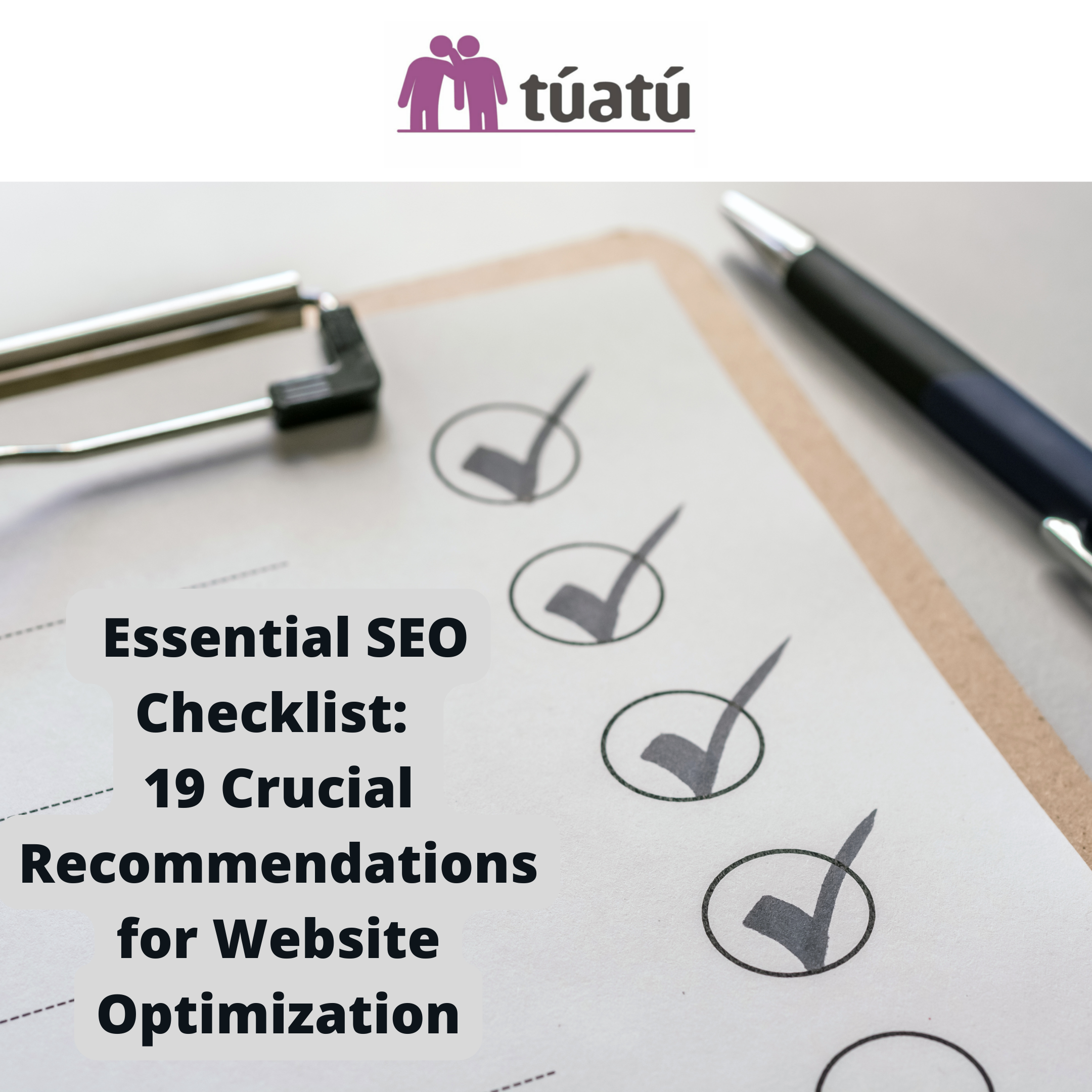Controlling your SEO processes is crucial for maintaining your website's visibility and performance. By adhering to a structured approach, you can ensure your site is optimized for search engines and provides a seamless user experience. Here’s a comprehensive checklist of 19 essential recommendations that every SEO professional should implement to manage and enhance site performance effectively.
1. Ensure Your Site Can Be Crawled by Search Engines
The first step in SEO is to ensure that search engines can crawl your website. If your site cannot be crawled, it won't be indexed, which means it won't appear in search engine results. Use tools like Google Search Console to check your site's crawl status and identify any issues that might be hindering search engines from accessing your content.
2. Use Robots.txt to Manage Which Pages Are Crawled
A robots.txt file tells search engines which pages they can and cannot crawl on your site. This is useful for preventing search engines from indexing duplicate content, sensitive information, or low-value pages. Ensure your robots.txt file is correctly configured to optimize your crawl budget and focus on the most important pages.
3. Check That Important Pages Are Indexed
It’s crucial to ensure that search engines index your most important pages. Use Google Search Console to check the indexing status of your pages. You can manually submit URLs to Google for indexing if they are not already indexed.
4. Optimize Images and Enable Compression
Images are essential for enhancing user experience but can also slow down your site if not optimized. Use tools like TinyPNG or ImageOptim to compress your images without losing quality. Additionally, use the correct file formats (e.g., WebP) and implement lazy loading to improve page load times.
5. Use a Content Delivery Network (CDN)
A CDN distributes your site’s content across multiple servers worldwide, reducing load times for users regardless of their geographical location. Implementing a CDN can significantly improve your site’s performance and user experience.
6. Minimize JavaScript and CSS Files
Large JavaScript and CSS files can slow down your site. Minimize and combine these files to reduce their size and improve load times. Tools like UglifyJS and CSSNano can help with this process.
7. Use Google's Mobile-Friendly Test Tool
With mobile-first indexing, ensuring your site is mobile-friendly is more important than ever. Use Google's Mobile-Friendly Test tool to check how easily a visitor can use your page on a mobile device. Make necessary adjustments to improve mobile usability.
8. Secure Your Site with an SSL Certificate
An SSL certificate encrypts data between your website and users, ensuring secure transactions. HTTPS is a ranking signal for Google, so securing your site with an SSL certificate is vital for both security and SEO. Obtain an SSL certificate from a trusted provider and install it on your site.
9. Redirect HTTP to HTTPS
After securing your site with an SSL certificate, ensure all traffic is redirected from HTTP to HTTPS. This can be done using 301 redirects. Properly redirecting HTTP to HTTPS helps maintain your SEO rankings and ensures users always access the secure version of your site.
10. Use Canonical Tags to Prevent Duplicate Content Issues
Duplicate content can negatively impact your SEO. Canonical tags tell search engines which version of a page is the master copy, preventing duplicate content issues. Ensure canonical tags are correctly implemented on all pages to maintain your site’s SEO integrity.
11. Create and Submit an XML Sitemap
An XML sitemap helps search engines understand your site structure and find all your important pages. Create an XML sitemap and submit it to search engines via Google Search Console and Bing Webmaster Tools. Regularly update your sitemap to reflect new content and changes.
12. Ensure It Includes All Important Pages and Is Updated Regularly
Your XML sitemap should include all important pages on your site. Ensure it is comprehensive and updated regularly, especially after adding or removing content. This helps search engines discover and index your content promptly.
13. Use Clean and Descriptive URLs
Clean and descriptive URLs are easier for users to read and for search engines to understand. Avoid using long, confusing strings of numbers or characters. Instead, use URLs that include relevant keywords and clearly describe the page content.
14. Implement Structured Data Using Schema.org
Structured data helps search engines understand your content better, potentially leading to rich snippets in search results. Use Schema.org markup to provide additional context about your content. Implementing structured data can improve your visibility in search engine results pages (SERPs).
15. Validate Markup with Google's Rich Results Test
After implementing structured data, use Google’s Rich Results Test tool to validate your markup. This tool checks if your structured data is correct and eligible for rich results, helping you identify and fix any errors.
16. Use a Logical Internal Linking Structure
A logical internal linking structure helps search engines understand the hierarchy and importance of pages on your site. Use internal links to connect related content, distribute page authority, and guide users through your site effectively.
17. Use 301 Redirects and Canonical Tags
When content is moved or removed, use 301 redirects to guide users and search engines to the new location. This helps preserve your SEO rankings. Additionally, use canonical tags to handle duplicate content and specify the preferred version of a page.
18. Monitor 404 Errors and Fix Broken Links
Broken links and 404 errors can harm your SEO and user experience. Regularly monitor your site for these issues using tools like Google Search Console or Screaming Frog. Fix broken links and implement proper redirects to maintain a smooth user experience and preserve your SEO efforts.
19. Use Hreflang Tags for Multilingual and Multinational Sites
If your site caters to a multilingual or multinational audience, use hreflang tags to indicate the language and regional targeting of your pages. This helps search engines deliver the right version of your site to the appropriate audience, improving user experience and SEO.
By following this comprehensive checklist, you can ensure your site is well-optimized for search engines, providing a better user experience and improving your search engine rankings. Regularly reviewing and updating your SEO strategies is essential to staying ahead in the competitive online landscape.
Article based on Sarvesh Shrivastava's original tweet.


